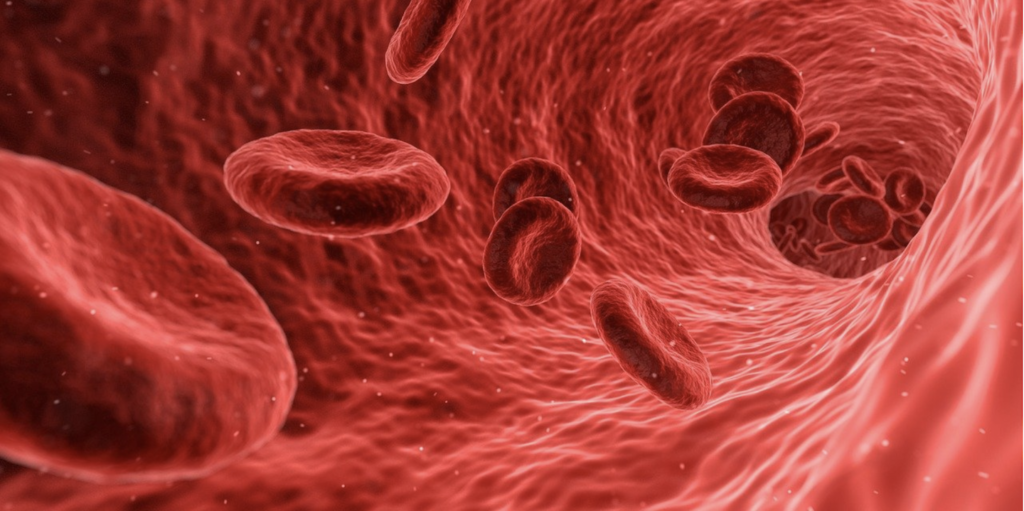Normal Blood Oxygen Levels and Optimal Health
Maintaining normal blood oxygen levels is so important for your brain, body, and beauty. If you suffer from cognitive issues or find that you lack energy often, you may be suffering from low blood oxygen levels and may not even realize it.
Athletes and high-profile business executives are utilizing oxygen therapy for increased physical and mental peak performance. Spas are offering oxygen facials to help improve circulation, making the skin appear more youthful, brighter, and less puffy. There’s a reason all of these new oxygen related treatments are gaining popularity and it’s because they really work. Our body needs oxygen to survive, and it helps every cell in our body function properly.
What Causes Blood Oxygen Levels to be Low
Some conditions that can cause low blood oxygen levels, also known as hypoxia, consist of anemia, asthma, chronic obstructive pulmonary disease (COPD), deviated nasal septum, sinusitis, nasal polyps, sinus allergies, sleep apnea, high altitude, poor circulation, low blood pressure, heart disease, chronic inflammation, and shallow breathing as a result of stress. Those suffering from depression and anxiety may also have abnormally low oxygen levels, which could be what’s causing their symptoms.
Maintaining a normal blood oxygen level is vital in keeping the brain healthy and functioning properly.
How to Test Blood Oxygen Level
- Pulse oximeter which is a device that clips to your fingertip, and usually sells for less than $20. Results above 99% are optimal, while anything below 90% indicates low oxygen levels.
- Blood pressure monitor which is a device that wraps around your arm, putting pressure for a few minutes or so. This can usually be purchased for under $50. Normal blood pressure would be between 90 – 120 / 60 – 80. High blood pressure indicates thicker blood, which is harder to move throughout the body, while low blood pressure would indicate that the blood is not flowing fast enough. Both scenarios are no good, meaning you suffer from poor circulation and a lack of oxygen in the brain.
- Blood tests such as complete blood count, iron, and ferritin levels. Red blood cells carry the hemoglobin that carries our oxygen throughout the body. The more the merrier for these oxygen transporters. Low levels of red blood cells and hemoglobin would indicate an iron deficiency, leaving less oxygen in the blood. Ferritins are little iron reserves, which should be tested as well.
- Oxygen level charts can help you determine whether you have normal oxygen levels or not.
Symptoms Associated with Low Blood Oxygen Levels
- Brain fog or mental confusion
- Headache
- Shortness of breath
- Restlessness
- Heaving or rapid breathing
- Shallow breathing
- Increased heart rate
- Heart palpitations
- Cold hands or feet
- Experiencing a euphoric feeling
- Tingling in the hands or feet
- Arms or legs falling asleep often
- Changes in vision, such as tunnel vision
- Bluish purple lips
How to Increase Blood Oxygen Levels
- Sunlight boosts circulation and stimulates the production of red blood cells responsible for creating oxygen in the blood.
- Quitting smoking can lead to a huge improvement in blood oxygen levels. Smoking constricts the blood, making it harder to flow throughout the body. It also replaces oxygen with excessive amounts of carbon monoxide.
- Yoga increases blood circulation and promotes relaxation. This can help increase oxygen consumption, allowing it to flow freely throughout the body.
- Abdominal breathing increases oxygen consumption and promotes relaxation.
- Aerobic exercise increases breath rate, meaning you consume and absorb more oxygen in the blood.
- Open the windows to help circulate old air for fresh oxygenating air within your home.
- Fill your home with oxygen producing plants like snake plants, money plants, aloe vera, peace lily, and pathos.
- The Keto diet can improve oxygen levels because ketones require less oxygen to create energy than glucose does. This leaves more oxygen in the body, which helps retain energy.
- Hyperbaric Oxygen Therapy is a treatment that allows the patient to take in 3 x more oxygen than normal. The session involves immersing yourself in a hyperbaric chamber for a timeframe of 5 minutes – 2 hours depending on your needs.
- Oxygen bars are becoming more popular and can now be found at some nightclubs, bars, casinos, malls, gyms, and spas. It involves inserting tubes in your nostrils and inhaling oxygen for as little as 5 minutes or up to 45 minutes max. An oxygen bar may charge around .75 cents to $2 per minute, and the prices may vary based on the timing of the session.
To The Point - Hyperbaric Oxygen Therapy (HBOT)
- HBOT allows the body to take in 3 x more oxygen.
- Oxygen promotes healing of injuries and peak physical performance. Athletes are using this therapy to give themselves a competitive advantage in the industry.
- Oxygen promotes a clearer headspace and can potentially help with depression, anxiety, and other mental health challenges.
- It can help sharpen your mind, focus, and improve memory, which is why those in the business world are starting to use HBOT to accelerate their mental abilities.
- HBOT costs around $125 / session and you may need anywhere from 2 – 40 sessions to achieve your desired results.
Learn more about Habitat for Wellness

